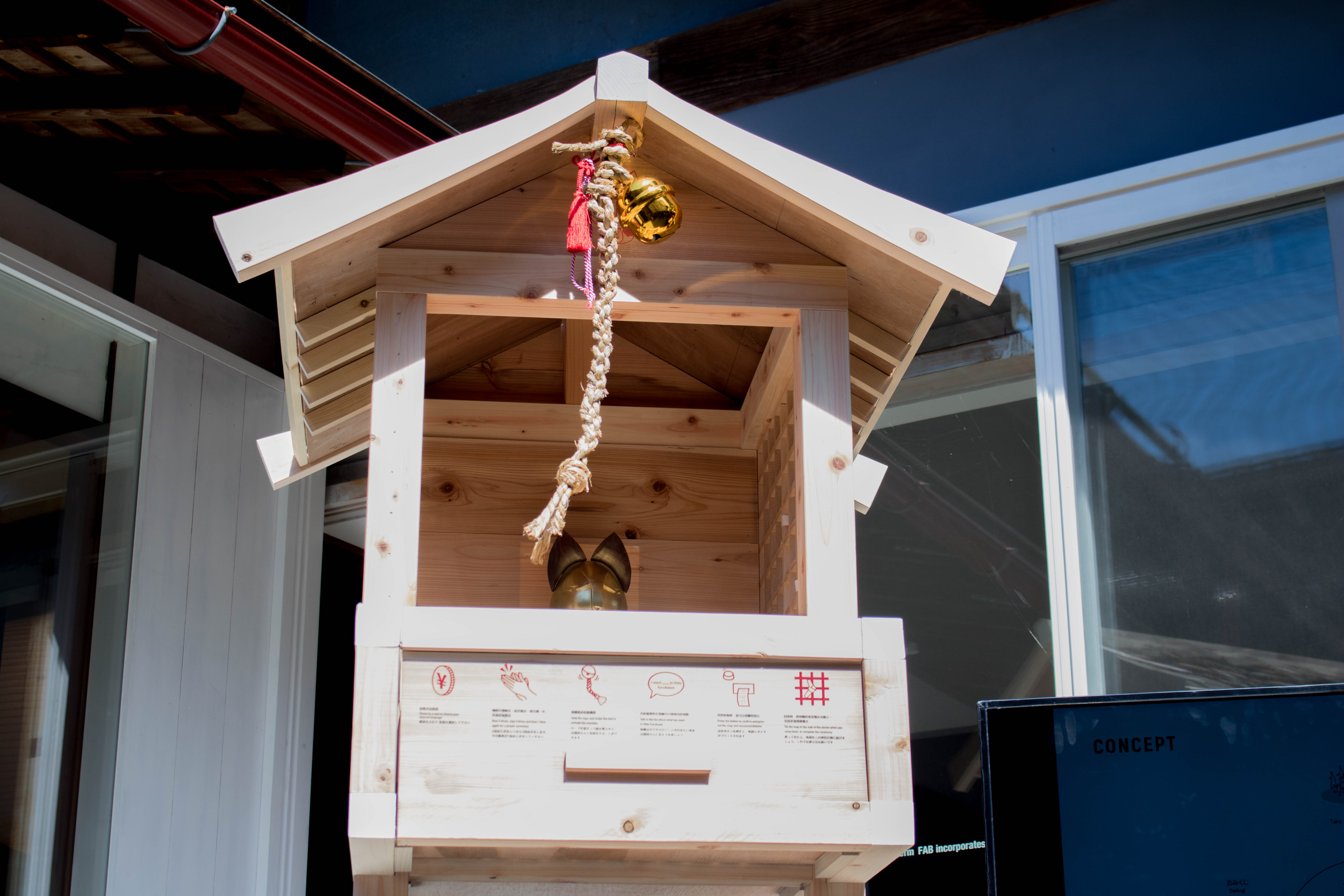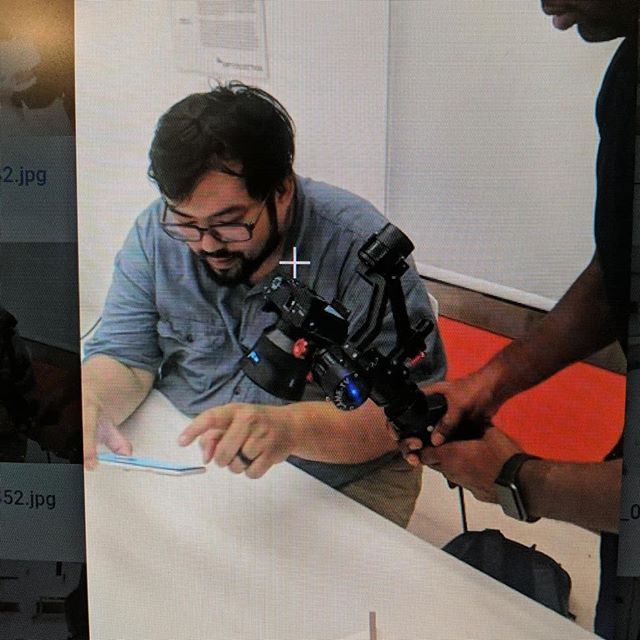
Fortune AR is a playful attempt to enhance the experience of interfacing with digital fortune telling through the use of Augmented Reality (AR) and Internet of Things (IoT).
I have always thought of fortune telling as a type of mental therapy. It is more popular for superstitious Taiwanese to visit a shrine than to contact a professional consultant when they run into problems in life. Growing up as a technologist, I am fascinated by the process of getting one’s fortune told. Most of the time, it’s more complicated than pressing the submit button on a website. The full process usually consists of ritual activities that help participants cleanse their mind and body before the life-changing insights. I am trying to capture that moment in which users have to complete certain tasks before the fortune is told.
I decided to design an AR app for a fortune-telling fairy, Jona, who likes users to put in some efforts before getting him to show up and do the telling. I am also imagining a physical temple that is connected to the app and provides some mixed reality effect using IoT.
The temple element in this idea was inspired by a fortune-telling machine called “House of Fortune” (靈籤舍) in Taiwan. As a kid, I was fascinated by the automata that brought me the fortune from the house. I purchased a miniature kit of the House of Fortune machine from TAMIYA in the late 80s, it was one of my earliest experience of working with an interactive machine. Fortunately, I found the kit again recently on eBay, this was a calling.
One of the student groups that I worked within last year’s Smart Craft Studio Japan created an interactive “Food Shrine” to guide lost tourists to authentic restaurants and sightseeing spots in the neighbourhood of Hida Furukawa (飛騨古川), Japan.

Tourists can either clap or shake the bell to wake up the fox deity in the shrine. After a simple conversation with the gold statue, the IBM Watson powered A.I. prints out a receipt for the tourists with restaurant info including a small map.






